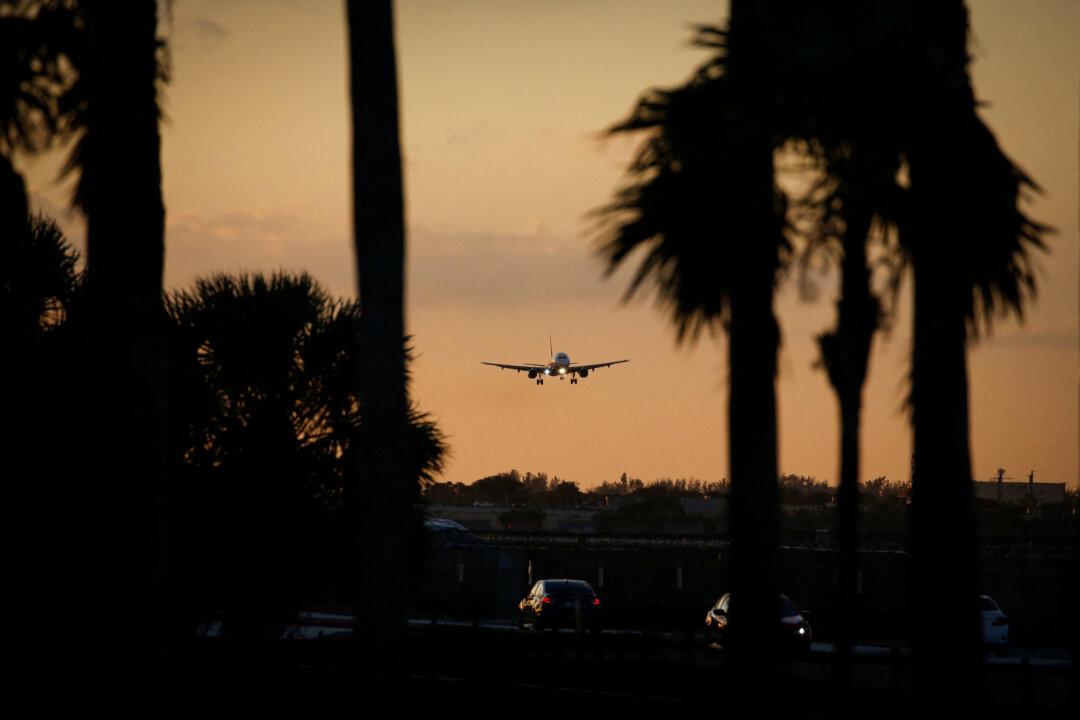The Federal Aviation Administration (FAA) said on May 1 that it activated 169 more direct routes along the East Coast that will enhance safety and help prevent delays.
The announcement comes just before the summer travel season, and it is expected to provide relief to airlines and passengers who have been struggling with congestion and delays in recent years.




